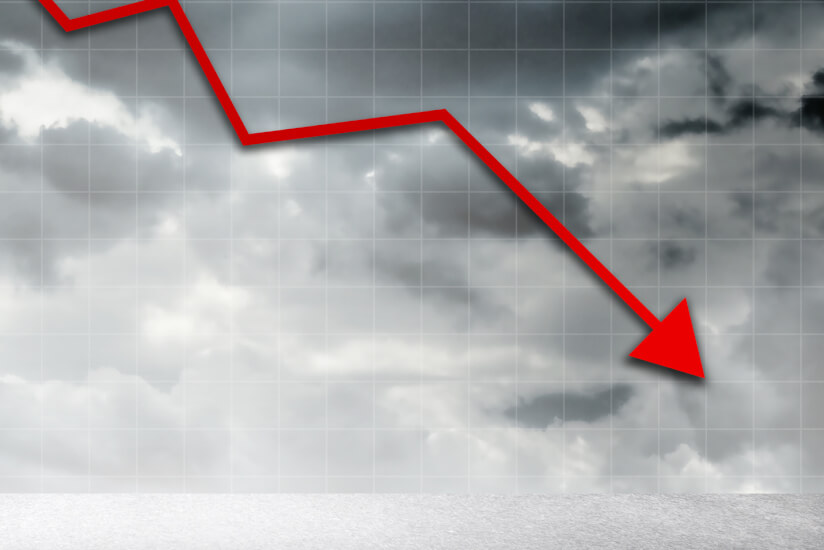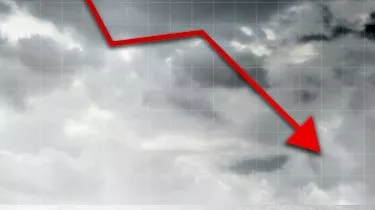Retirement
Superannuation fees likely to decline
Superannuation member fees have fallen by almost a quarter of a percentage point in the last 10 years, and superannuation consultancy firm Rice Warner expects the benefits of scale to carry this trend on into the future.
Superannuation fees likely to decline
Superannuation member fees have fallen by almost a quarter of a percentage point in the last 10 years, and superannuation consultancy firm Rice Warner expects the benefits of scale to carry this trend on into the future.

Superannuation fees are continuing to grow in dollar terms, according to new industry commentary by Rice Warner, and they appear large in dollar terms at $22 billion.
But that figure should be put into perspective, said Rice Warner.
"The total is less than the total profits of the big four banks ($30 billion); all the while running an industry with assets that are more than five times the size of those same banks and more than 1.25 times the GDP of Australia," said the consultant.
Rice Warner acknowledged the superannuation system is "clearly" too expensive in some areas, as has been suggested by the Financial System Inquiry and the Productivity Commission.

However, the actuary pointed out that Australia's superannuation industry is more expensive than other systems because it includes extra member services, including member choice to select their own fund, choice of investment strategy, universal life insurance, flexible retirement products and intra-fund advice.
There have also been been factors driving up fees, not limited to extra compliance requirements and technological changes.
However, despite the structural factors in Australia, fees have decreased from 1.26 per cent in 2006 to 1.03 per cent in 2016, said Rice Warner.
"We anticipate fee levels falling despite a likely continuing growth in member services," Rice Warner said.
"In 10 years, our largest fund will have $250 billion. With enhanced technology, could it operate for 45bps? That is, $1.125 billion. Could that fund get down to 30bps, which is still $750 million?"

Superannuation
Aware Super takes on Australia's gender retirement gap, aiming for financial equality
Aware Super, one of Australia's largest superannuation funds with a 70 per cent female membership, is on a mission to close the gender gap that sees women retire with 30 per cent less super than men ...Read more

Superannuation
Age Pension increase prompts Australians to review their finances
The increase in the Age Pension, which takes effect today, should serve as a prompt for many older Australians to ensure they're maximizing their income as cost-of-living pressures persist, according ...Read more

Superannuation
Retirement reimagined as Australian optimism meets inflation worries in 2023 super fund insights
The latest reports on retirement confidence among Australians present a spectrum of sentiments, with fresh data revealing surprising optimism in some quarters while exposing underlying concerns in ...Read more

Superannuation
Aussie retirees face a shortfall as ideal retirement nest egg doubles what super will deliver
As Australians look towards retirement, the desired superannuation balance that many believe will ensure a comfortable retirement has significantly outpaced what they are on track to actually save. Read more

Superannuation
Super funds eye 6.5% return in 2023, despite a rocky start
As the year draws closer to its climax, Chant West unveils its projection for super funds in what can only be described as a year of economic ebbs and flows. Read more

Superannuation
A deep dive into Australia’s superannuation system
Australia has a robust retirement savings system known as superannuation designed to provide financial security to Australians in their post-work years. Read more

Superannuation
50,000 super fund members impacted by data breach
Around 50,000 member records were impacted by the breach that took place earlier this month. Read more

Superannuation
Two super funds tipped to reach $1tn by 2040
KPMG has released the findings from a new review. Read more

Superannuation
Aware Super takes on Australia's gender retirement gap, aiming for financial equality
Aware Super, one of Australia's largest superannuation funds with a 70 per cent female membership, is on a mission to close the gender gap that sees women retire with 30 per cent less super than men ...Read more

Superannuation
Age Pension increase prompts Australians to review their finances
The increase in the Age Pension, which takes effect today, should serve as a prompt for many older Australians to ensure they're maximizing their income as cost-of-living pressures persist, according ...Read more

Superannuation
Retirement reimagined as Australian optimism meets inflation worries in 2023 super fund insights
The latest reports on retirement confidence among Australians present a spectrum of sentiments, with fresh data revealing surprising optimism in some quarters while exposing underlying concerns in ...Read more

Superannuation
Aussie retirees face a shortfall as ideal retirement nest egg doubles what super will deliver
As Australians look towards retirement, the desired superannuation balance that many believe will ensure a comfortable retirement has significantly outpaced what they are on track to actually save. Read more

Superannuation
Super funds eye 6.5% return in 2023, despite a rocky start
As the year draws closer to its climax, Chant West unveils its projection for super funds in what can only be described as a year of economic ebbs and flows. Read more

Superannuation
A deep dive into Australia’s superannuation system
Australia has a robust retirement savings system known as superannuation designed to provide financial security to Australians in their post-work years. Read more

Superannuation
50,000 super fund members impacted by data breach
Around 50,000 member records were impacted by the breach that took place earlier this month. Read more

Superannuation
Two super funds tipped to reach $1tn by 2040
KPMG has released the findings from a new review. Read more






